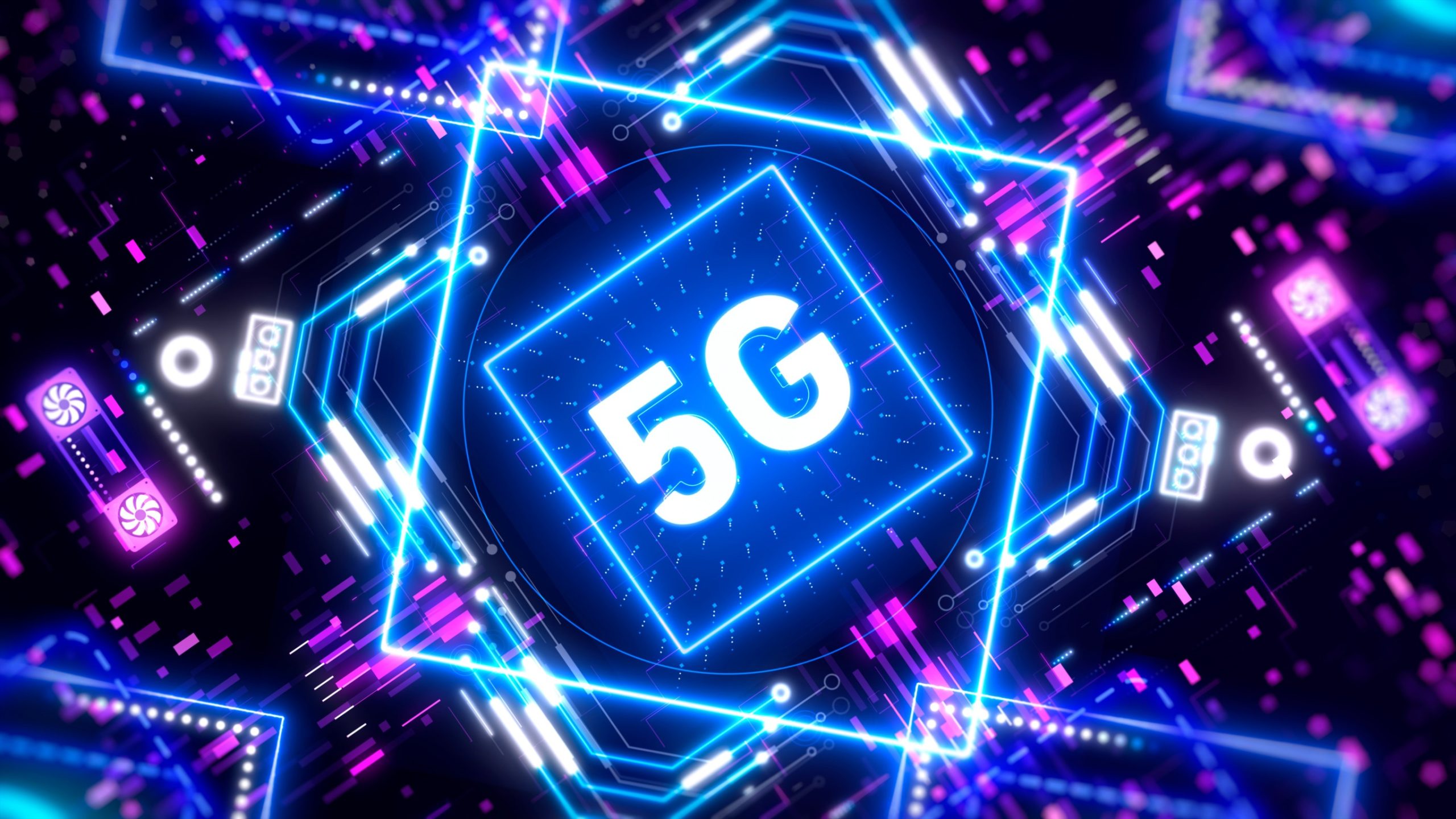With concerns around both environment impact and overall costs of energy, operators around the world are looking to do whatever possible to create a greener future.
In a recent report, the GSMA announced that core networks and data centers owned by communication service providers (CSPs) account for roughly 13% to 22% of network energy expenditures, so appropriately managing the resource requirements of the 5G core can significantly contribute to the overall energy footprint of telecommunications networks.
For many CSPs, sustainability is a crucial requirement in 5G core networks. It’s what their own customers increasingly want, and as we know, many companies have a variety of self-defined annual sustainability requirements and core is a critical component to the overall network reaching those ends.
A modern core network now has features that allow operators both to reduce the resources essential to the software and to use only those resources required at specific times. By taking appropriate resource utilization measures, operators can experience significant footprint and energy consumption savings.
There are five key areas that improve the energy efficiency of the 5G core, and each plays a role in optimizing resource utilization to achieve this goal.
1- Power control on hardware servers
The first step toward building a greener 5G core is optimizing power control on hardware servers. By implementing features such as sleep states and frequency control in CPUs, operators can dynamically adjust the power consumption of servers based on the workload. During periods of low demand, servers can be put into sleep states or run at lower frequencies, and it is projected that power consumption can be reduced up to 30% without compromising overall performance.
Enhanced power monitoring tools provide real-time insights into server power usage, enabling operators to identify inefficiencies and optimize energy consumption further. In addition, a power consumption calculator can help forecast energy requirements, allowing for better capacity planning and resource allocation.
2 – Energy optimization by scaling
Automated network function (NF) combo scaling, both horizontally and vertically, is an important driver for energy optimization in the telecom core. Scaling horizontally involves distributing workloads across multiple servers, thereby reducing the strain on individual components and allowing for more efficient resource utilization. Vertical scaling, on the other hand, involves increasing the capacity of individual servers to accommodate higher loads without overprovisioning resources.
Operators can also optimize NFs by tailoring them to specific workloads to maximize efficiency. By scaling intelligently and using optimized NF types, operators can expect to achieve up to 15% energy savings while maintaining high performance levels.
3 – Energy Efficiency by Hardware Evolution
To embrace a greener 5G core, operators can adopt the latest CPU chipsets designed for energy efficiency. Modern CPUs offer significant advancements over previous generations, boasting up to 30% enhanced 5G core data performance per watt.
By upgrading to these new chipsets, operators can not only improve the network’s performance but also substantially reduce energy consumption. It is equally important that core software is designed to take advantage of the latest chipset architectures.
4 – Energy efficiency by shared resources
Consolidating cloud clusters and adopting Container as a Service (CaaS) and kernel configurations for NFs can help bring substantial energy savings — as much as a 20% overall reduction. By sharing resources across multiple NFs, operators can eliminate redundant hardware and optimize resource utilization, resulting in a greener and more sustainable telecom core.
Furthermore, embracing virtualization and cloud native technologies can lead to greater flexibility and scalability, enabling dynamic allocation of resources per demand and further enhancing energy efficiency.
5 – Energy efficiency by AI/ML
Artificial intelligence (AI) and machine learning (ML) have the potential to play a pivotal role in optimizing power control and scalability in the 5G core. AI/ML algorithms can analyze historical data to predict traffic patterns and dynamically adjust power consumption based on forecasted demands. By continuously learning from network behavior, AI/ML can fine-tune power usage and save up to 30% on energy efficiency.
AI/ML can optimize resource allocation, leading to better load sharing and more efficient scheduling of NFs. This ensures that resources are utilized precisely when and where they are needed, avoiding energy waste and reducing the overall carbon footprint.
The telecommunications industry must continue to adopt sustainable practices to build a greener, more sustainable future.
By implementing the five key areas for a greener core — power control on hardware servers, energy optimization by scaling, energy efficiency by hardware evolution, energy efficiency by shared resources, and energy efficiency by AI/ML — we can significantly reduce the environmental and economic impacts while maintaining high performance levels and meeting the growing demand for data and network services.

